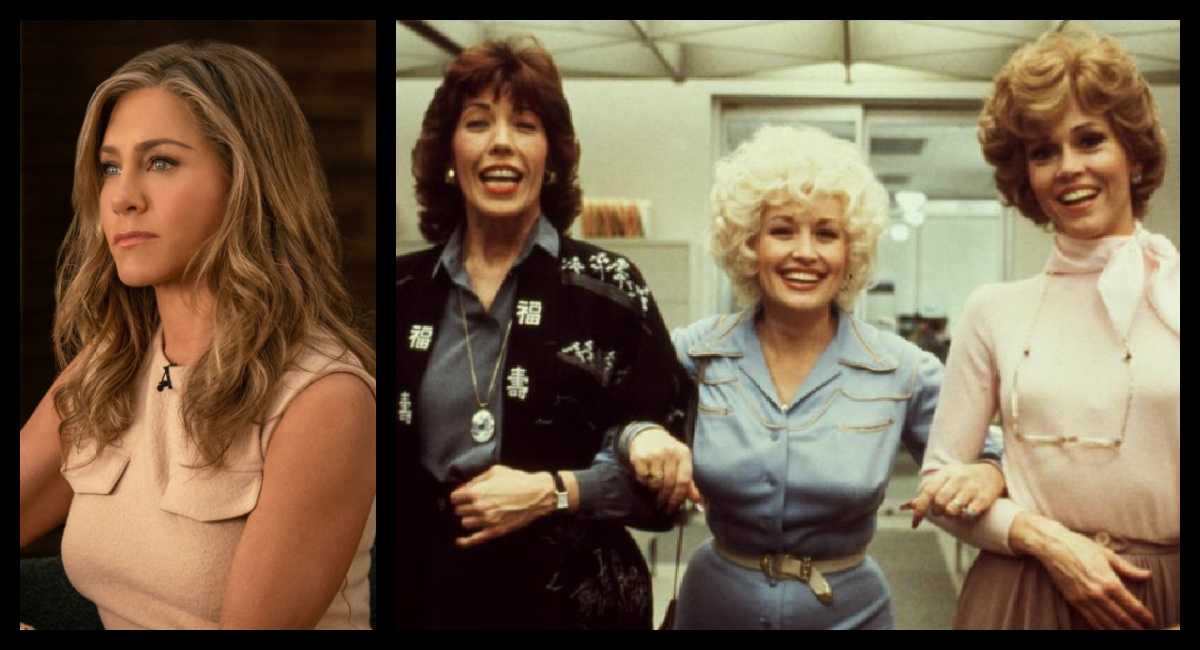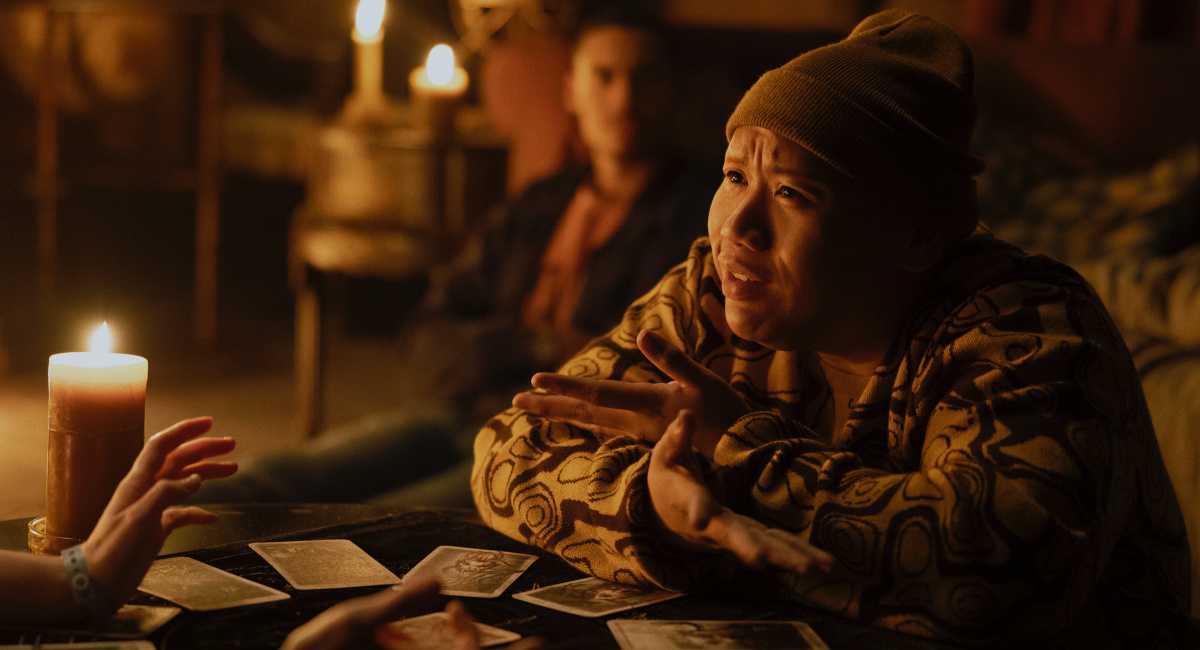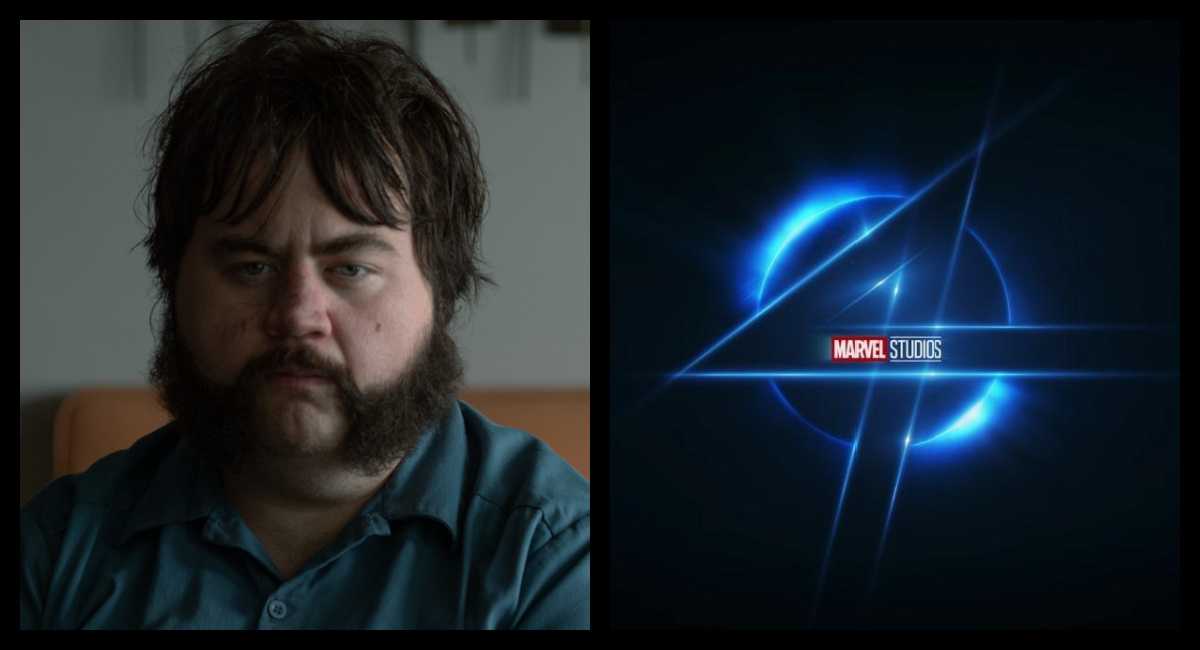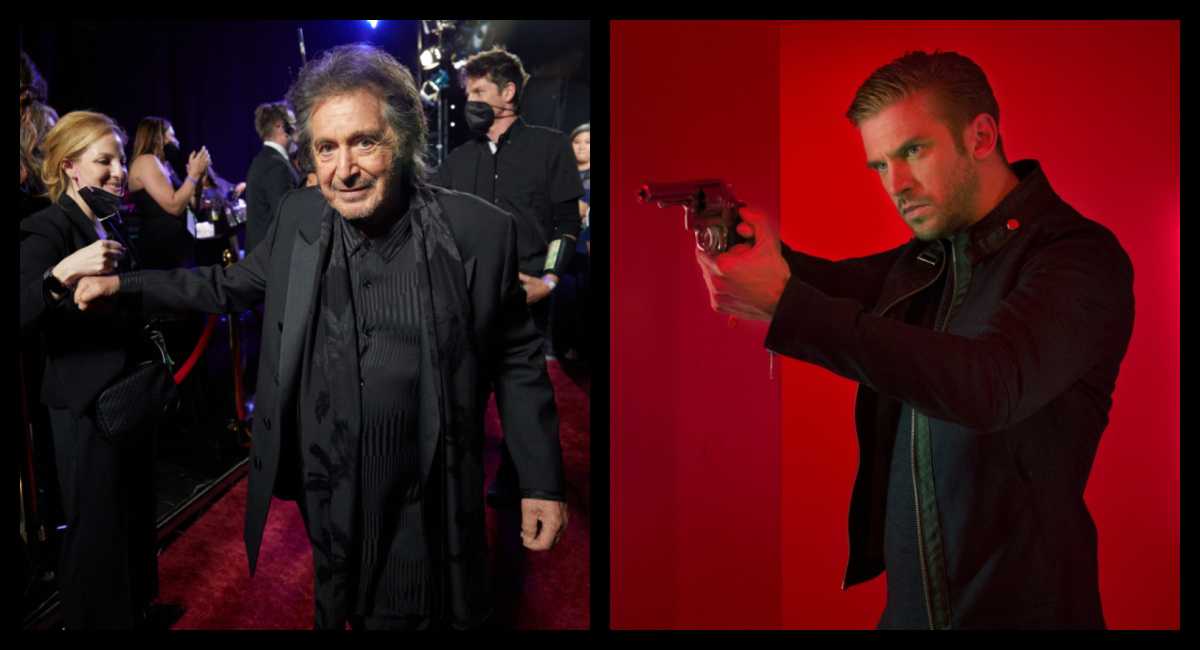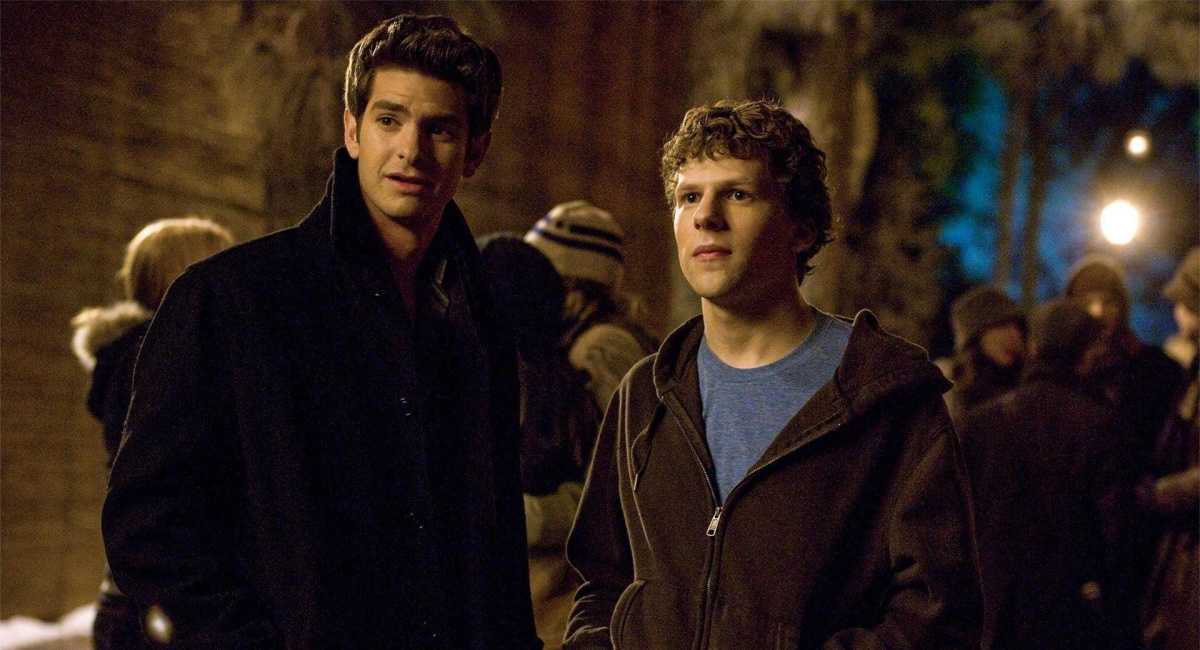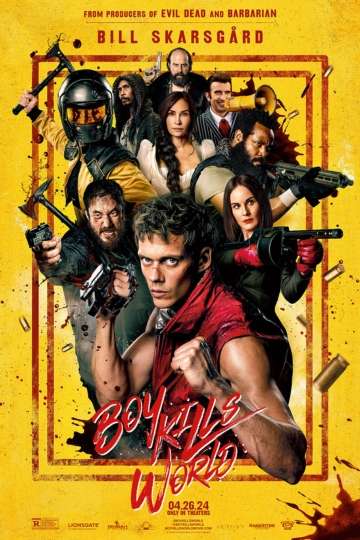Female Filmmakers in Focus (TIFF Edition): Director Agustina San Martín on Her Feature Debut ‘To Kill the Beast’
The Argentine writer-director talks about her new film, which is part of the Discovery series at this year’s Toronto International Film Festival.

Julieth Micolta and Tamara Rocca in Agustina San Martín's 'To Kill the Beast'
Born in Buenos Aires, writer-director Agustina San Martín’s bold debut feature film, 'To Kill the Beast,' mixes reality and mythology, sexuality and religion, as 17-year-old Emilia (Tamara Rocca), arrives in a small, border town in between Argentina and Brazil looking for her estranged brother. Staying at her aunt’s hostel, she hears stories from villagers of a beast in the jungle that they believe is the spirit of an evil man. When a new lodger arrives, Emilia discovers a whole new world beyond her understanding.
San Martín studied filmmaking at the University of Buenos Aires, where she also worked as a screenwriting professor. Her short films ‘The Cry of the Oxen’ premiered at Festival de Cartagena, ‘The Swedish Cousin’, co-written and co-directed with Inés María Barrionuevo, premiered at the Berlinale and ‘Monster God’ (19) received special mention at the Cannes Film Festival.
She sat down with Moviefone ahead of the premiere of ‘To Kill The Beast’ as part of the Discovery section at the Toronto International Film Festival.
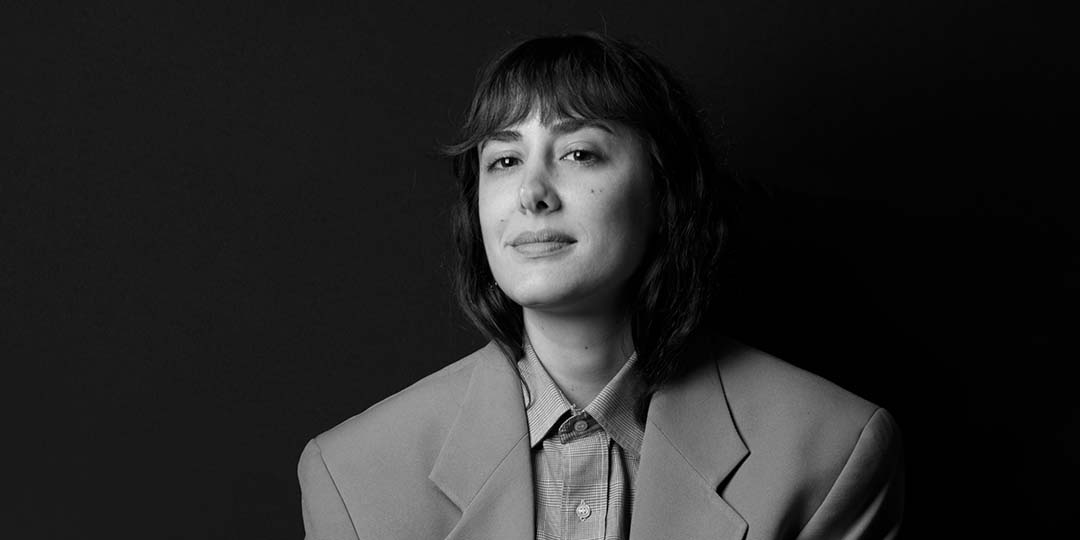
Filmmaker Agustina San Martín. Her feature directorial debut, 'To Kill the Beast' premieres at the Toronto International Film Festival this year.
Moviefone: How did you first develop the idea for this film?
Agustina San Martín: The first idea was to put a sexually ambiguous girl (at least for the audience) at a frontier. Second: to have a mostly female cast with a mostly female crew. These were the first things that we decided. Later, it developed onto a magical universe where we would connect sexuality and local myths. I wrote the film 9 years ago, so, as I like to say, the main character and I were both coming of age at the same time. My ways of looking at the film continued shifting as I proceeded, so in that way it's hard to decide on the genesis of an initial idea, since things felt like they were always moving.
MF: Were there any local folklore or legends that inspired the script?
San Martín: Many of them! Most of the most famous jungle folklore usually involves a mythological man that attacks women or girls who disobey. For example, the Pombero or the Curupí, both have the capacity of punishing and getting girls pregnant. In that sense, for me that "virile domination" was the essence of this beast, as it is said to be the spirit of an Evil Man.
MF: What is the significance of the film taking place on the border between Argentina and Brazil?
San Martín: Frontiers are a space of uncertainty where something is not one nor the other. Usually, towns on the border, and moreover towns where the geographical frontier is not physically marked, for example with a fence, have their own way of habiting that space. In this frontier, people often speak a mixture between Spanish and Portuguese. Food culture is also tangled. Two things join to make something else. For me this was always fascinating, and it feels like these are forgotten spaces where things defy their own categorization.
MF: Were there any challenges shooting on location?
San Martín: Just the excess of random tropical rain, but it was actually just perfect. We had a great team rooting for the film.
MF: Can you talk about the film’s unique sound design?
San Martín: The mix at the end in particular was brilliant. Mercedes Gaviria is my sound designer. She is very talented, and we worked together on "Monster God" too. We like to talk a lot about ambience and about ways to generate certain feelings into things. Usually, our conversations are extremely poetic, yet she always finds a way to sink that onto sounds. As we've worked together before, she already knew my likes and dislikes, so it was actually very easy to communicate around those sound textures. For me, ambience is everything. Both of us are very baroque in that kind of way: we love an excess of elements and making it be like an orchestra of diegetic sounds. We usually try to build scenes by the musicality of the background sounds. The mix was done in Brazil by Tiago Bello. We did everything remotely, which was kind of insane, but since we did it amidst Covid, it was the only way.
MF: How did you capture the mist throughout the film?
San Martín: It was very dedicated and expensive work! We had two mist machines, but they weren't enough for that immense jungle, so we had to recreate the mist in post-production, with VFX. I had drawings for every frame and where the mist should go, and along with María Peralta we built the scenes like a painting. The only cases in which the mist is real, were some shots we did with the DP, Constanza Sandoval, at 4:00am in the morning all by ourselves because it was the only way, and we couldn't make people work outside of the approved schedule. We just did it out of pure nerdiness and a mist-loving obsession.
MF: Can you talk about the use of green throughout the film? Both in the interiors, but also the lush jungle?
San Martín: The houses of that particular location are actually all in color. They are all wooden, very similar to one another, and they all share similar colors. Blue, light blue, green, yellow. Since we had decided to aim for a cyan/greenish kind of look to the film, we embraced those colors as an identity and tried to diminish the magenta and red tones as much as possible. It started as an aesthetic decision, but it started to make further sense as we evolved in the process.
MF: How did you cast Tamara Rocca as Emilia? Can you talk about her character’s arc?
San Martín: We did a very long process of casting. When we found her, I had a feeling about her. Later we clicked, which was a key since I always try to work with people I would like to be friends with, to make the long film process happier. Her character starts as a girl who is looking at the past and ends up by looking at the future, that's how I see it. She has to learn how to live with herself in order to find what she is really looking for. The sexual awakening has everything to do with it: it is through sexuality that her narrative is able to shift.
MF: What do you hope people feel after they’ve watched the film?
San Martín: It's so hard to make films, and even harder to make films everyone approves of. The only thing I hope is that whoever this film is meant for, can see it, can take something from it. Be reinforced by it. I'm trying not to think so much about how it may be received.
MF: Can you recommend another film directed by a woman for readers to seek out?
San Martín: I love ‘Lazzaro Felice (Happy As Lazarro)’ directed by Alice Rohrwacher, ‘Fish Tank’ directed by Andrea Arnold and “La Ciénaga” directed by Lucrecia Martel.
'To Kill the Beast' premieres on September 14 as part of the Discovery series at the Toronto International Film Festival. Emilia arrives at her Aunt Inés' hostel located on the Argentina-Brazil border, looking for her missing brother. In this lush jungle a dangerous beast which takes... Read the PlotTo Kill the Beast


